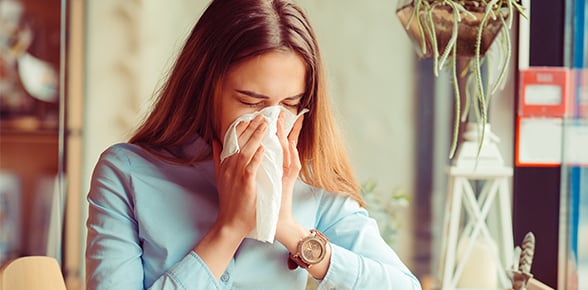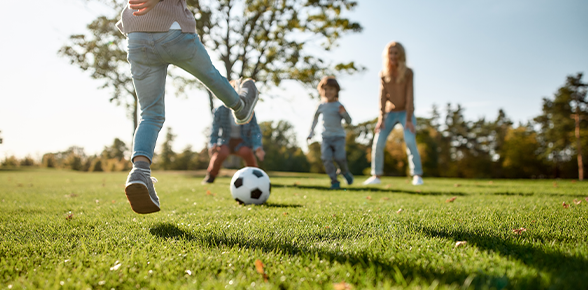For 19% of Australia's adult population with allergies or hayfever, even carrying out the simplest of household chores like vacuuming or gardening can trigger serious hayfever symptoms. So, for those families who want to create a comfortable and healthy home, what’s the best way to manage allergies in the home?
What can trigger allergies in the home?
- Dust
Dust mites like moderate temperatures and high humidity. They are found in bedding, flooring, window coverings and furniture. Their faeces is the main culprit for triggering allergies, and is small enough to become airborne when stirred up by sweeping or vacuuming.
- Mould
Mould needs long periods of humidity to grow. Houses in tropical areas or with rising damp may be more at risk. Poor ventilation may mean a bathroom or built-in robe can produce mould, even if not in humid areas.
- Cleaning Products and Paint
Volatile organic compounds (VOCs) may not be good for your lungs and are best avoided. Propylene glycol and glycol ethers (PGEs) may also be harmful. VOCs and PGEs are usually found in paint and cleaning chemicals. The main risk occurs when contents are wet or drying. See: Volatile Organic Compounds (VOCs) - Sensitive Choice.
- Pollen and plants
Trees, grasses and other wind-pollinated plants are the sources of the most troublesome pollen. For many people, spring is the worst time, but some plants produce pollen in other months of the year.
- Animal hair
Cats and dogs are the most common cause of animal allergies. Guinea pigs, rabbits, birds, mice, and rats can also trigger asthma or allergies in some people.
How do you create a low-allergy home?
There are lots of ways to minimise the triggers that cause hay fever and allergies in and around the home. Use this list of areas to help slowly reduce the number of allergens you’re exposed to at home:
- Bedroom: Wash bedding weekly, and curtains every few months, to remove dust mites
- Kitchen: Use Sensitive Choice-approved cleaning products to create a hygienic environment that does not trigger allergies
- Bathroom: Good ventilation and fixing leaks is the key to preventing mould build-up, which can trigger allergies
- Laundry: Look for detergents and cleaning products that don't have harsh chemicals or fragrances. Ensure good ventilation to reduce mould build up
- Garden: Choose low allergen plants and replace plants near the home that could trigger your allergies. Keep windows closed when the lawn is being mowed. If you are sensitive to particular weeds or trees that are outside your bedroom window, have them removed.
- Living areas: Clean carpets and surfaces that may build up dust. Choose the right vacuum for your space.
- If you have a pet: Vacuum up hair and fur, or keep them outside during moulting periods. Choose a pet with short hair (some breeds of dogs and cats are considered hypoallergenic) or better yet, get a goldfish!
All content and advice are provided on behalf of Sensitive Choice, an initiative of the National Asthma Council Australia, in partnership with Kleenex®. The advice provided in this material is general in nature and is not intended as medical advice. If you need medical advice, please consult your health care professional.
Kleenex® Allergy ComfortTM Tissues are free from lotion, dye & fragrance, and are dermatologically tested with reduced linting for hay fever and allergy sufferers. Grab a box today from Woolworths, Coles, Amazon or your local IGA Store








